Paired Ends
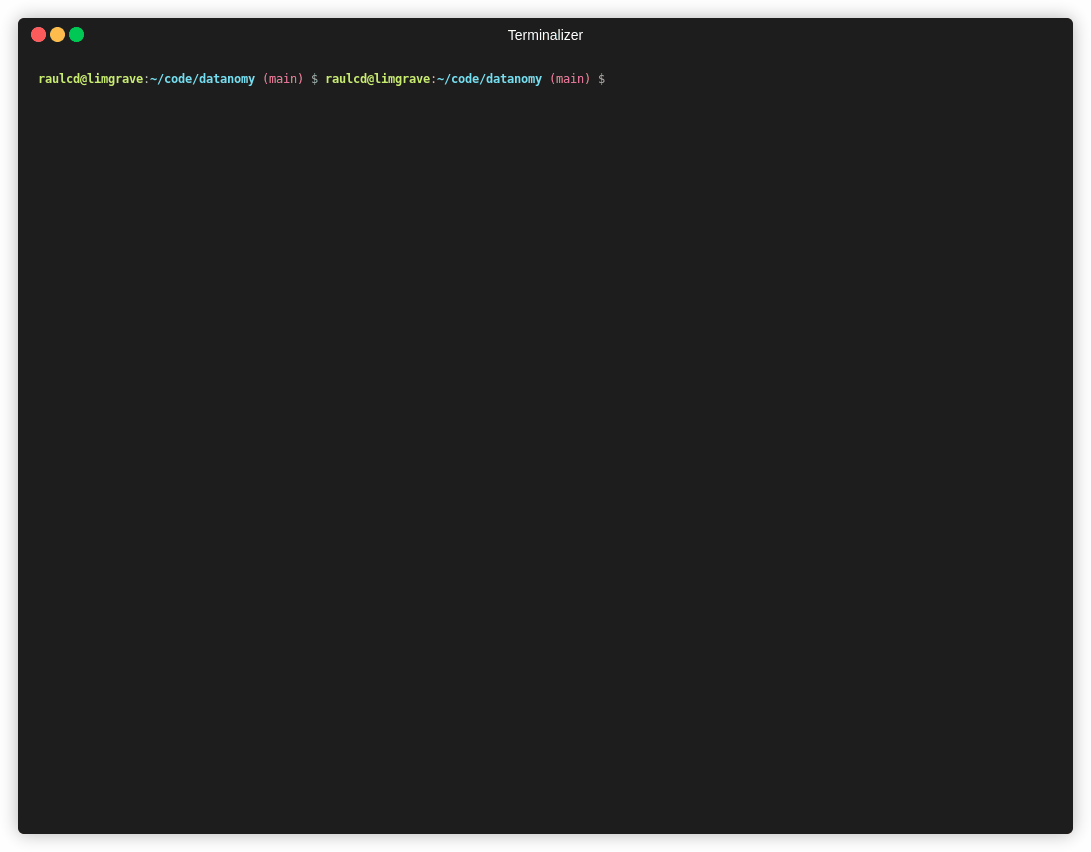
R updates (R Data Scientist, R weekly)
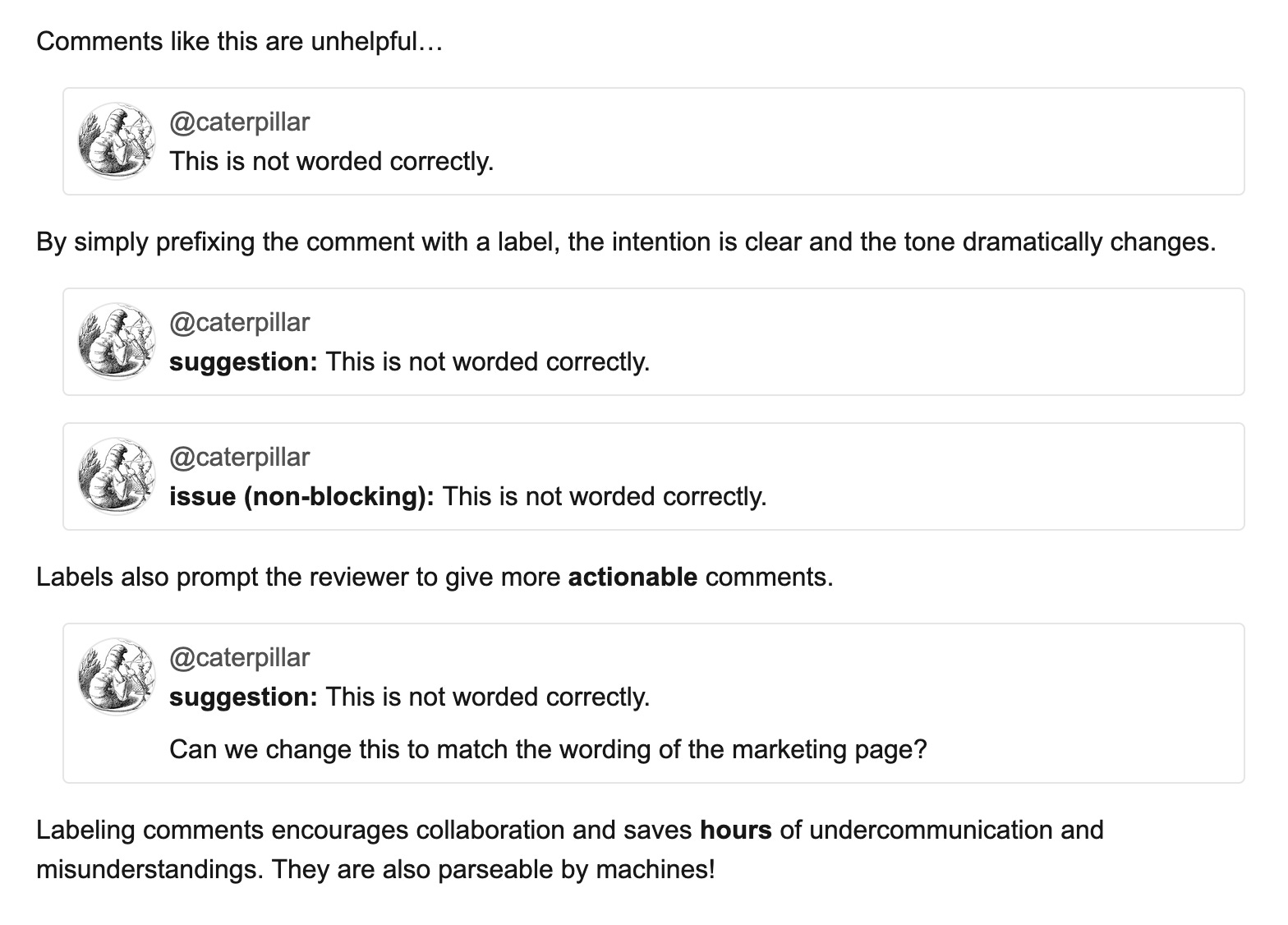
Conventional Comments provides a framework for offering clear and actionable feedback in peer review

All the talks from posit::conf(2025) and the 2025 Nextflow Summit are on Youtube. I embedded all the recordings into a single page for each: openRxiv (bioRxiv+medRxiv) launches a partnership with q.e.d. to enable automated AI reviews of preprints . R Weekly 2025-W46 : Writing your own ggplot2 geoms, reverse dependency check speedrun: a data.table case study, NYC election.

Last year’s Nextflow Summit was one of the best conferences I’ve been to in years. This year’s meeting was fully virtual, and all the recordings are now available on YouTube.
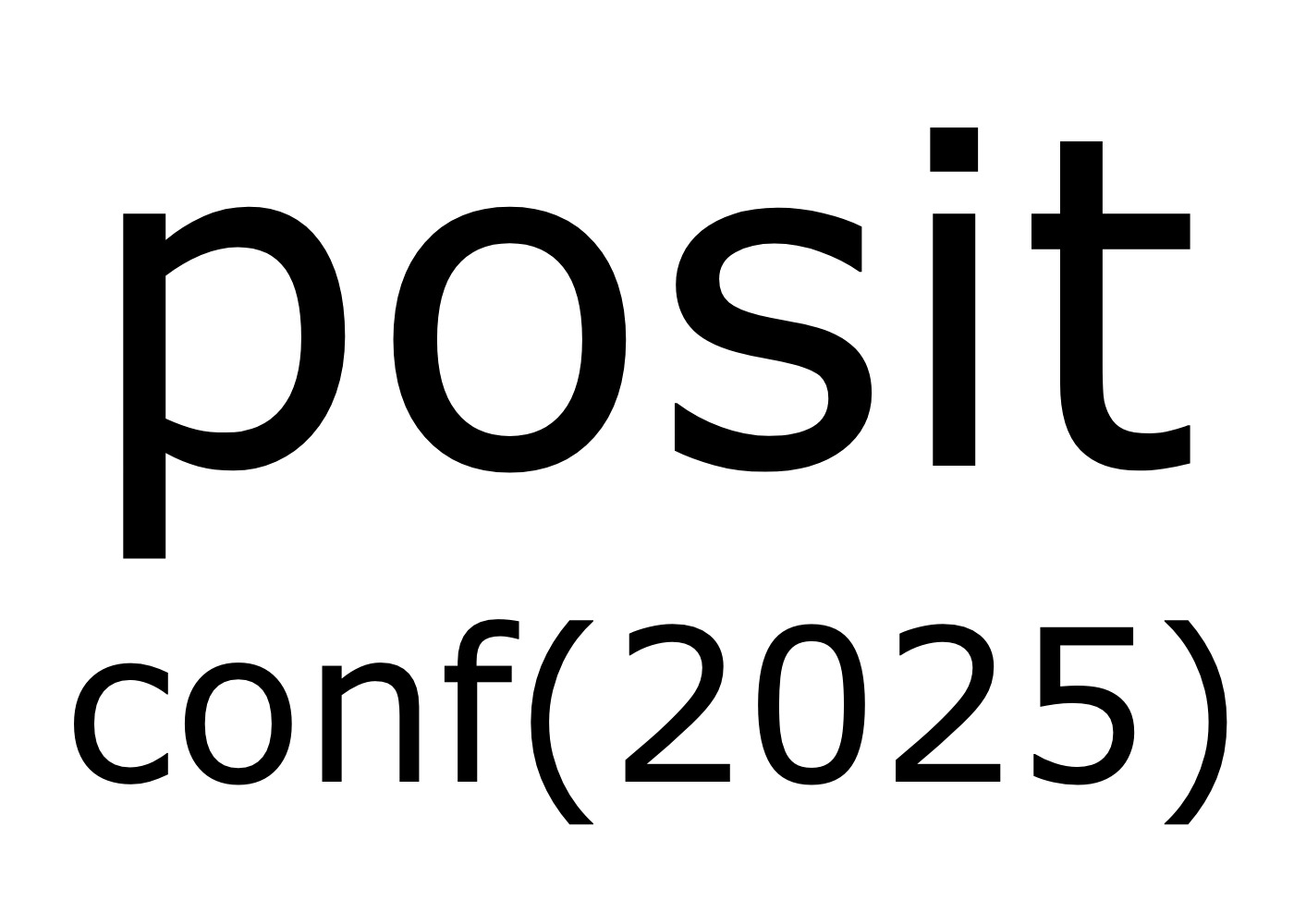
Over 100 recorded talks from posit::conf(2025) are now available on YouTube
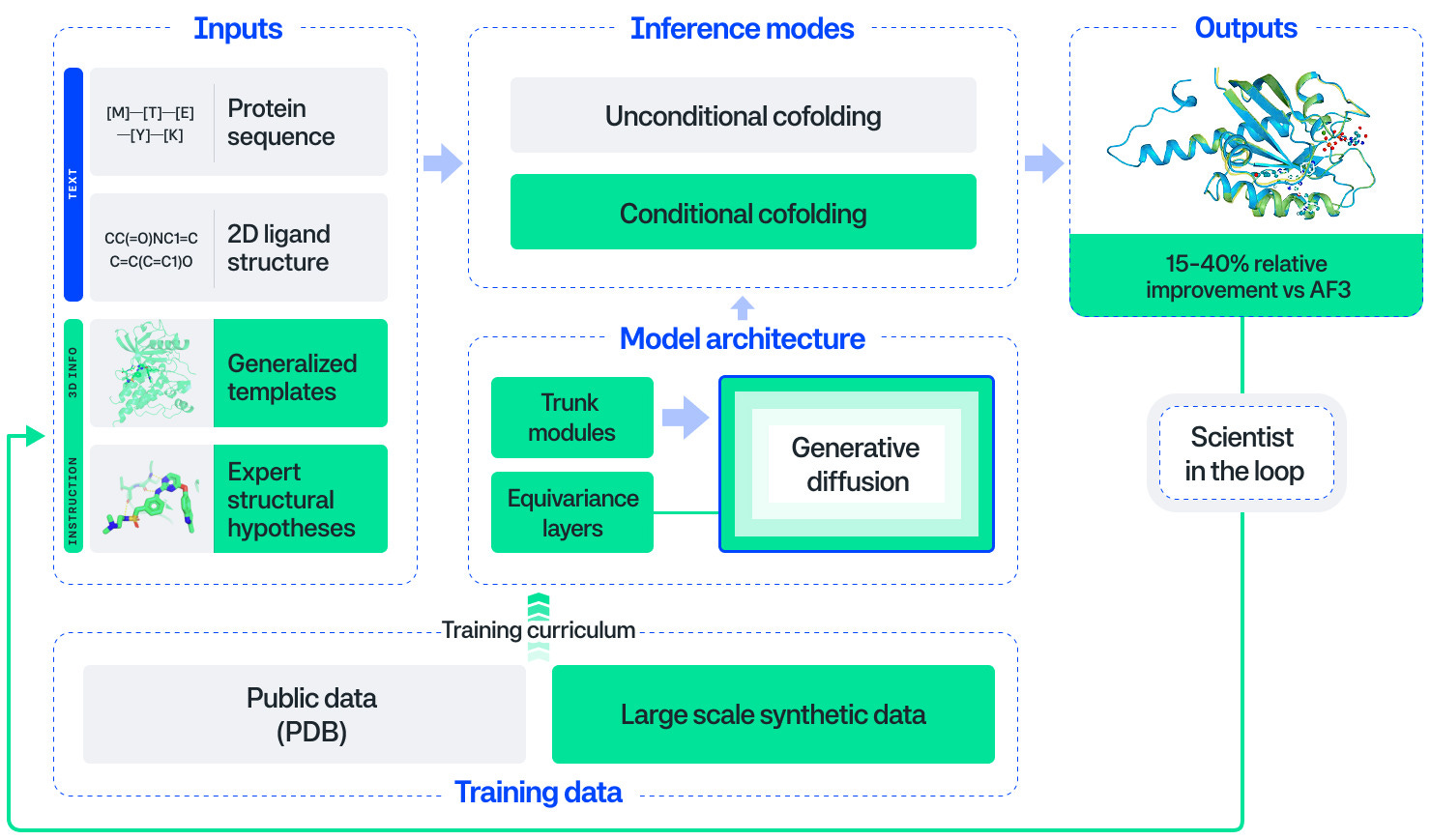
Andrew Heiss: LLMs are bad and dangerous for learning how to code in this class (Data Visualization with R). The R Data Scientist November 4 2025 : R ecosystem updates, workflows & techniques, ggplot2 visuals, mapping with R, Shiny testing and QA, academic research. R Weekly 2025-W45 : Pledging my time, neon ghosts, Bioconductor release.
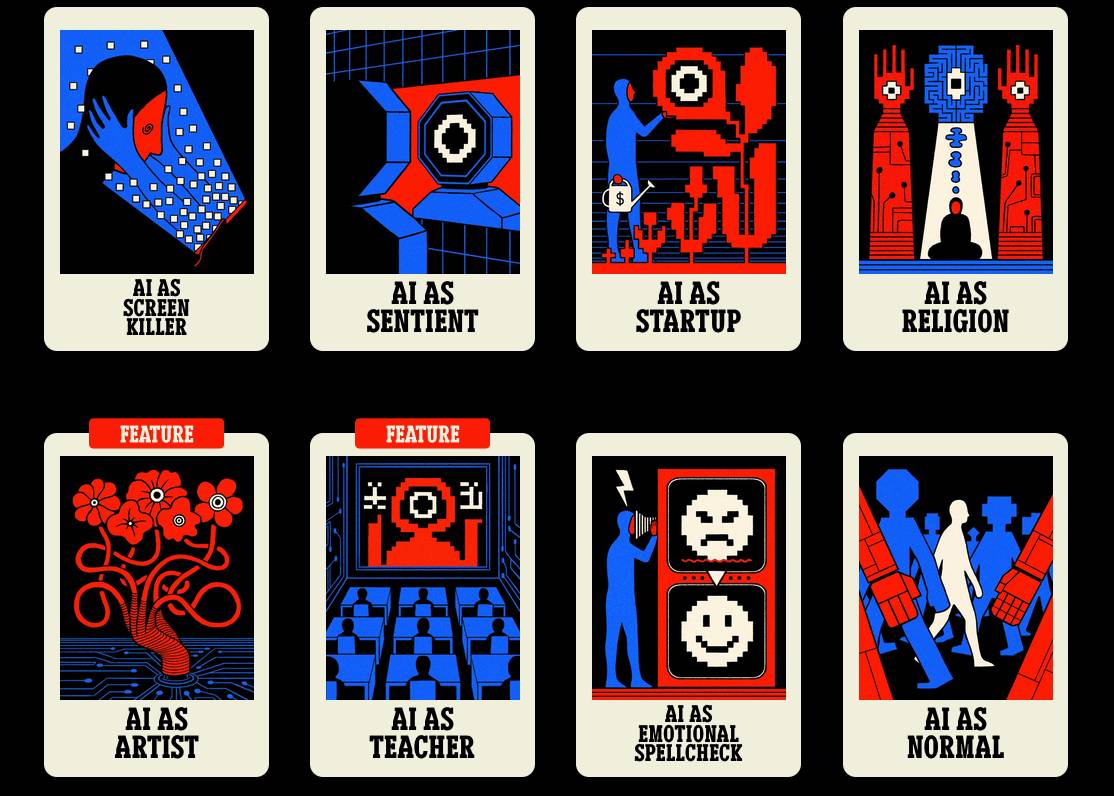
WIRED recently published a special AI issue at wired.com/ai-issue . Here are all the stories from that issue.
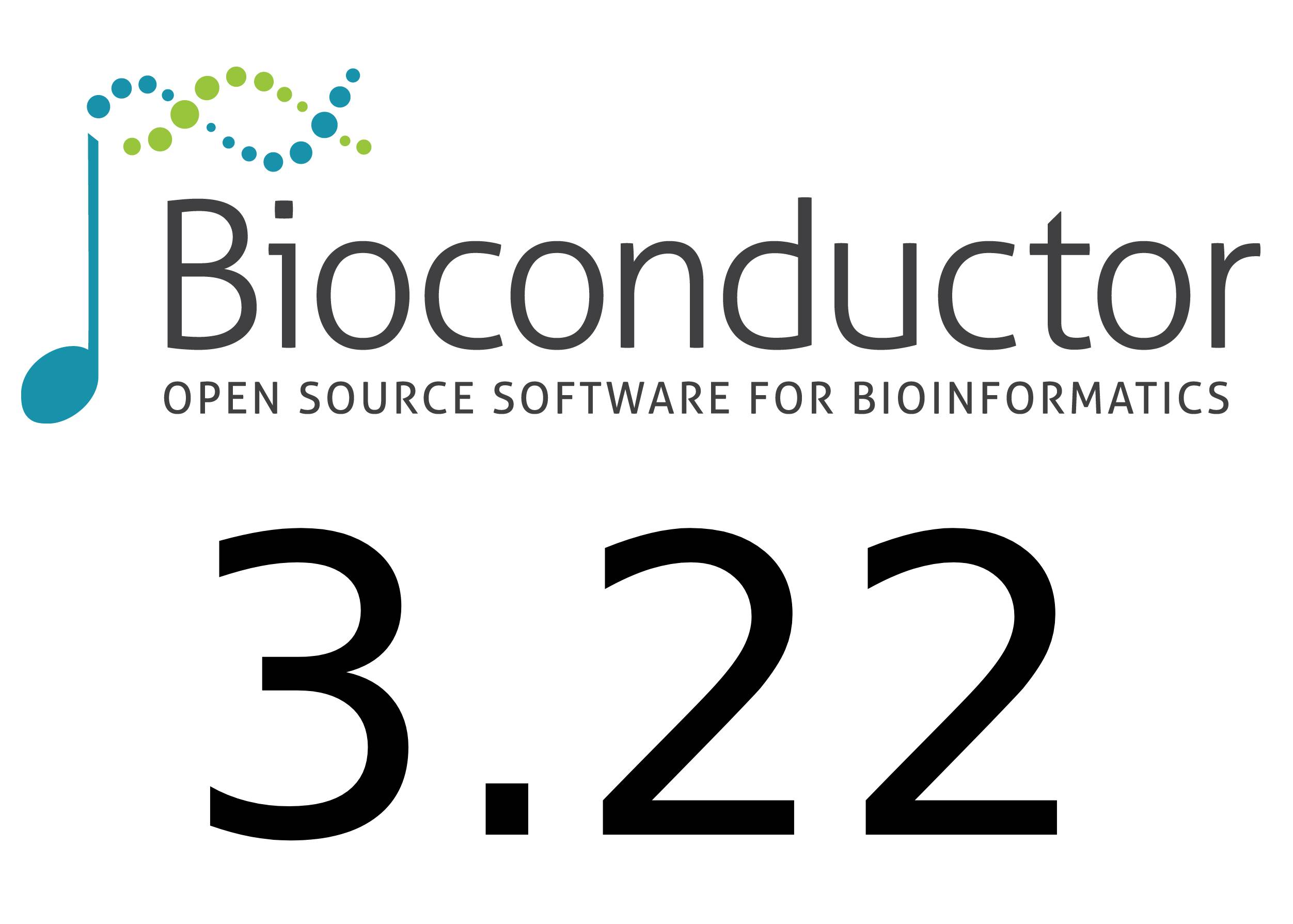
The Bioconductor 3.22 release is now available. It includes 2,361 software packages, 435 experiment data packages, 926 annotation packages, 29 workflows, and 6 books. This cycle adds 59 new software packages, 6 new experiment data packages, 2 new annotation packages, and 1 new book, along with many updates across the existing ecosystem. A few themes stand out for people working in genomics, single-cell transcriptomics, and spatial omics.
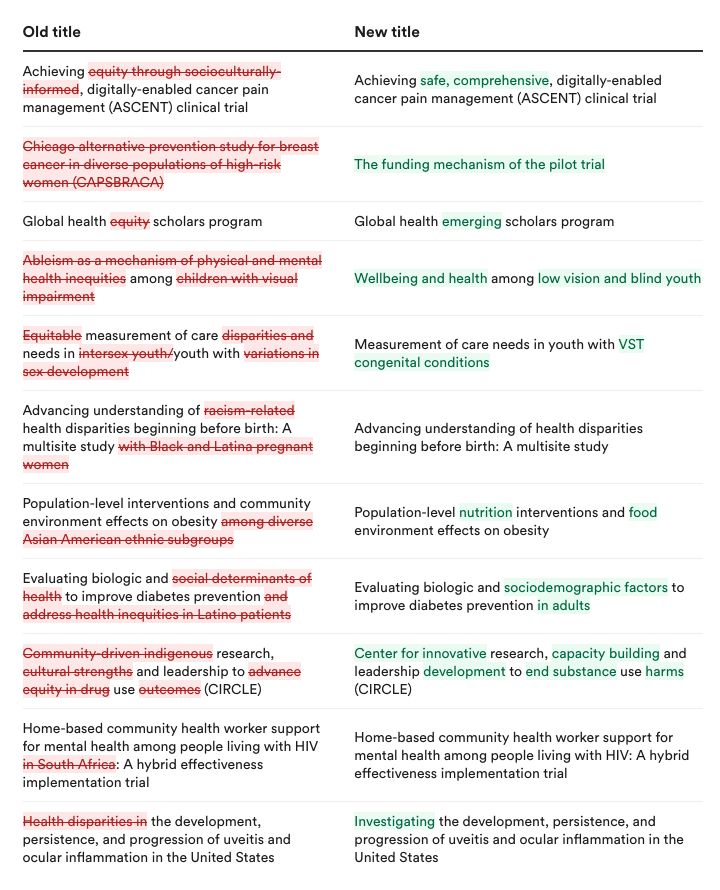
MIT Technology Review : Biodiversity: A missing link in combating climate change Science : At futuristic meeting, AIs took the lead in producing and reviewing all the studies . Nextflow plugin registry: registry.nextflow.io . posit::conf(2025) Quarto workshop materials . At posit::conf(2025), Posit hosted two Quarto workshops: Branded Websites, Presentations,
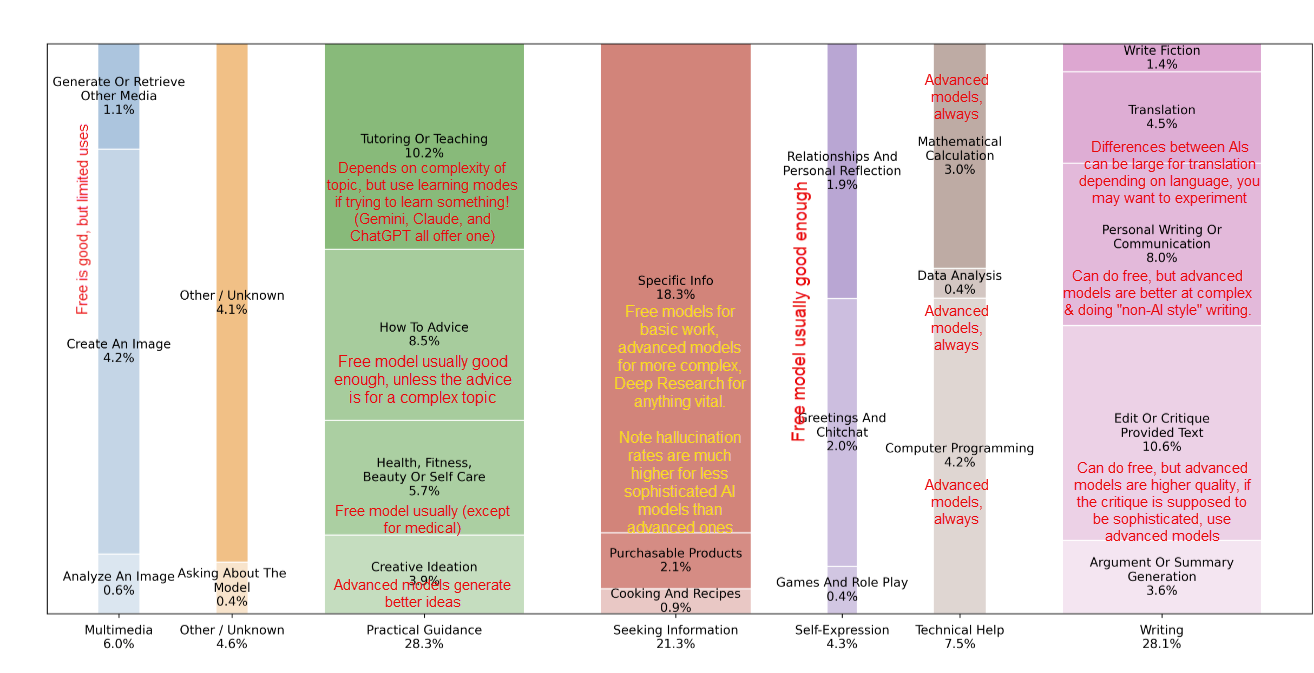
Bruno Rodrigues: A Polyglot Data Science Pipeline with rixpress . This post demonstrates the power of the rixpress R package to build, orchestrate, and execute a fully reproducible, polyglot data science pipeline.
